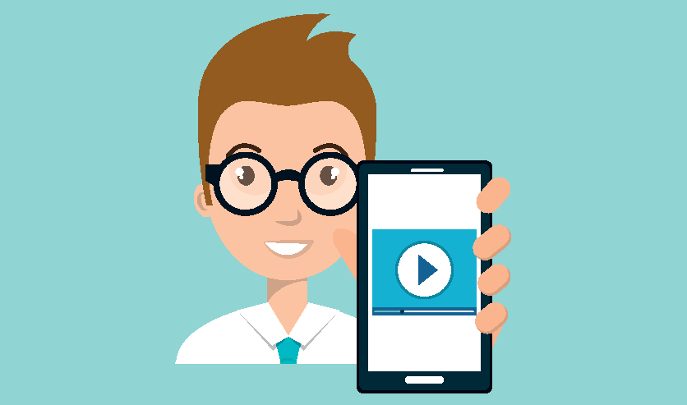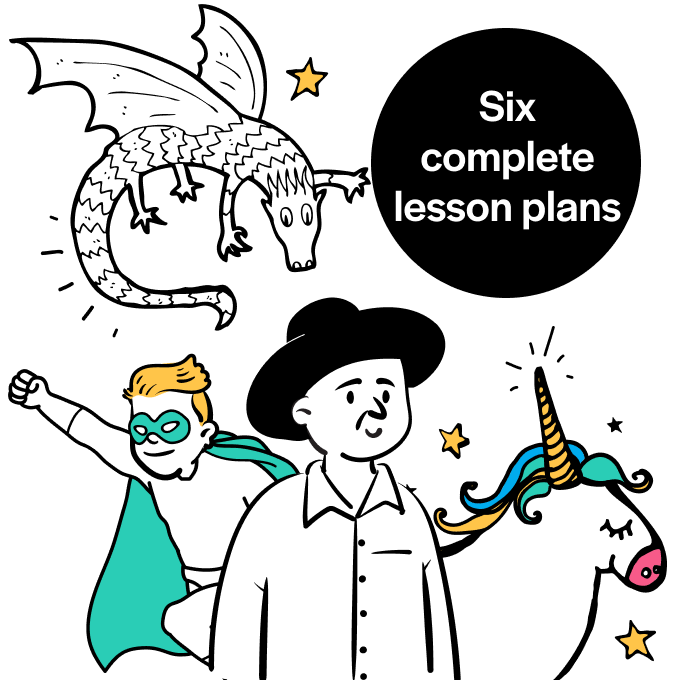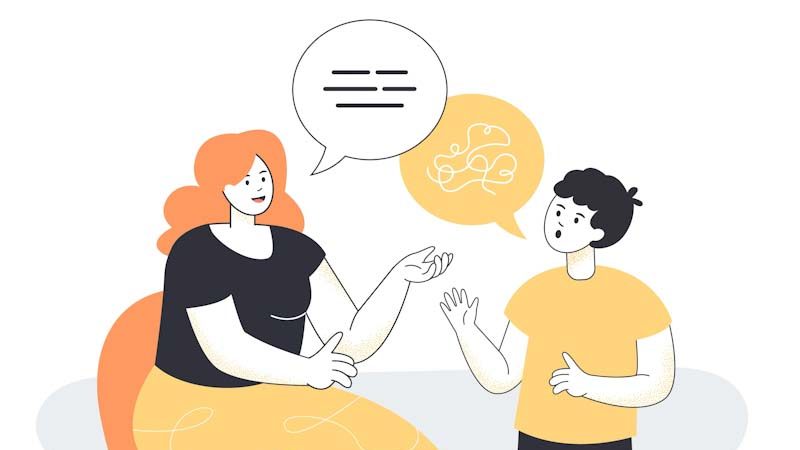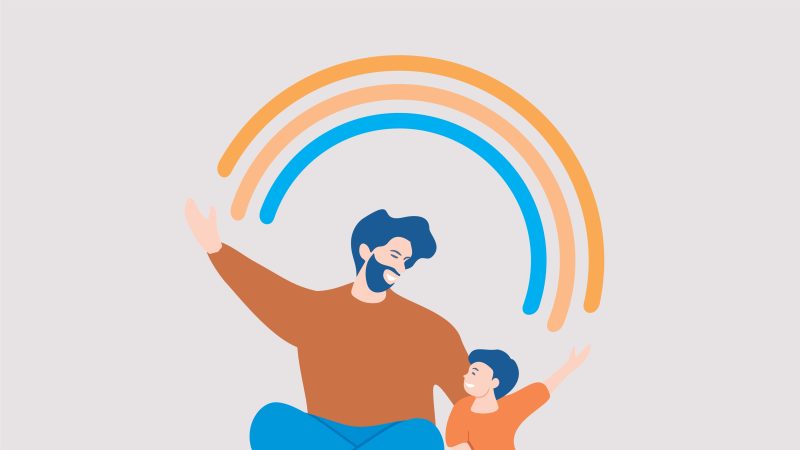The Best Education Options Out There For Mobile Devices

Are you making the most of the technology your students have in their pockets? If not, get smarter.

- by Rachel Jones

As anyone in control of a budget at school will tell you, there are many ICT innovations and companies vying for that dwindling pile of cash. Most educators recognise that there is much that can be done with ICT tools, but the rate of change as well as effectiveness can be bewildering.
This piece is intended as a divergence from what can be pretty relentless marketing, as well as a guide to tools that actually work.
The vast majority of the pupils in our classrooms now carry a mobile device. Even in schools that do not have a 1:1 system with devices such as iPads or Chromebooks, many young people can now access sources of learning that a decade ago would have been impossible even with access to a decent ICT suite. Some schools are squeamish about allowing children to utilise smart phones for learning – but this is for me missing a great opportunity to make use of some truly fantastic apps and websites.
Many schools have websites that double as the school VLE. It sounds obvious, but giving students a streamlined and effective method for delivery of electronic resources can save a fortune on printing costs (and the associated time this involves).
Google Classroom, for example is a free suite of tools that allows learners to log into a ‘virtual classroom’ with a PIN – I have found the ability for pupils to leave comments on the classroom wall particularly handy, as you can ask them plenary questions and they can respond. Another nice touch is how easily it integrates with pupil use of Google Drive – all of which is helping pupils to better manage their digital workload.
One area that is particularly gaining momentum is the facility to set online homework – really, kids should be able to check their homework on their phones on the way home on the bus. From a teaching perspective it can allow children greater choice in how they complete the work, and it means that parents can access the tasks (so no more claims of ‘I don’t have any homework’) and see the feedback that teachers have left. And when it comes to revision (which should, of course, be an ongoing process, not a last-minute one), encouraging students to use their mobile devices to access curriculum-linked podcasts ‘on the go’ is almost a no-brainer.
Free tools
In terms of websites to use that are free and totally user friendly there are a few I would steer you towards:
BlendSpace Recently bought by the TES, this is a fantastic way of delivering flipped learning as you can include digital content use as podcasts and videos alongside any more traditional lessons resources such as PowerPoint or Word Documents. Basically you create a smorgasbord of resources and children work through them in their own order and at their own rate. This is not only fabulous for cover lessons, but can easily be tweaked to provide digital differentiation.
Canva A wonderful graphic design website which you can use to make beautiful resources/posters, and pupils can use to design top quality work. Be careful to only use the free elements as there are some paid ones.
NearPod/Socrative/Kahoot These are all websites that allow teachers to deliver quizzes to classes that have mobile devices, allowing you to assess the knowledge of pupils – they are fantastic tools for increasing engagement.
Educational tools
There is also a range of apps that have been developed for educational use. These have been extensively used in schools across the world and are really effective:
Explain Everything This is basically an interactive whiteboard that will let children explain their work – the idea behind it being that this will mean they understand it. You can import files, documents, previous examples of pupil work and even live web browsers to help learners understand a concept. You can also do some awesome feedback. The only drawback is that it’s pretty expensive, but you do get quality. They have also recently released a collaborative whiteboard feature, which at a price, looks pretty useful.
Touchcast The new and improved Touchcast app now allows pupils’ VBlogs to be saved to the camera roll (and then easily submitted to a VLE) – the power of video blogging (especially to a wider audience) is pretty evident in classrooms where the YouTube generation respond very positively about making their own video content. Teachers can also make videocasts – I was told by my head of maths that her classes’ favourite YouTube videos for revision are of a teacher simply working through past paper questions with a commentary. Nice and simple, but effective.
Trending
iTunesU An app that only works with Apple devices, but the range of free educational content is staggering and of very high quality. You can also makes your own iTunesU course to deliver your own content that looks very high end and is very easy for users to access and use.
Other tools
Finally, and off the beaten path, there are plenty of apps not really designed for education but brilliant, nonetheless:
Instagram/Snapchat/Twitter I know that many school shy away from any use of social media in school, but it can be used really effectively for pupil work to gain an audience outside the classroom walls. Why just create art for your art teacher when you can get feedback from all around the world? You could create a # and ask children to tweet questions to experts in the field. Children also respond very positively to following departments on social media where they can get information, extension work and activities. Make sure your school is happy with you doing this before you embark and never use your personal account to talk to children by DM. You must protect your online safety.
AR No, not pirates – augmented reality. You can now use your iPad to make pictures in textbooks come alive; my biology department has used the Aurasma app so that when you hold the iPad over the images in the textbook they come alive, and a a picture of a heart becomes a video of a beating heart and the circulatory system.
Google Cardboard used with Google Expeditions You can now take the kids in your classroom on a virtual tour of the ISS, using only an AR headset and a smart phone. The latest iOS apps are easy to use and really do open up a world of learning where you can tour all sorts of fantastic locations, such as the depths of the ocean or even the TARDIS!
Many of the tools I have discussed have been out for a few years but are proven as still effective in the classroom. Others are on the cutting edge of innovation, and their use might well require a change of climate in individual schools and the way in which we perceive ICT should be used for education. What is most important is that they work, and can make a difference to learning in your classroom and your school.
TEACHERS LOVE…
Jose Picardo @josepicardoSHS Using Explain Everything in the classroom is more than having an interactive whiteboard in your hands as you can stream live images wirelessly to a projector. It is also like having a portable visualiser. Great for modelling great pupil work as it happens.
Scott Hayden @bcotmedia My favourite app for teaching is Instagram for getting students to capture photographic evidence and micro-vlogs showing progress and peer reviewing/commenting on each other work.
Nina Jackson @musicmind I love Yakit Kids because it allows children who are not always confident in speaking as themselves the opportunity to ‘be someone – or something – else’. It is diverse enough for all ages and offers a multitude of learning opportunities.
Derryn Hinks @ToynbeeSchool GSCEPod is a quality learning experience for both staff and pupils at Toynbee school. Students love the support and information the pods give, and it’s a wonderful revision tool they can personalise; it’s great for teachers’ work-life balance, too.
Rachel Jones is a teacher of computing, an Independent Thinking associate, and has written two books – Don’t Change the Light Bulbs and Teacher Geek – both published by Crown House.







